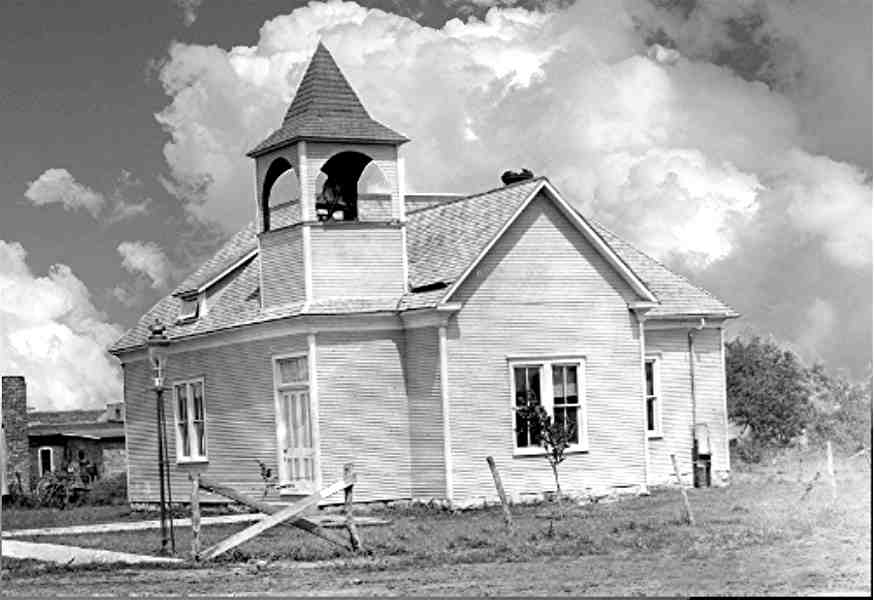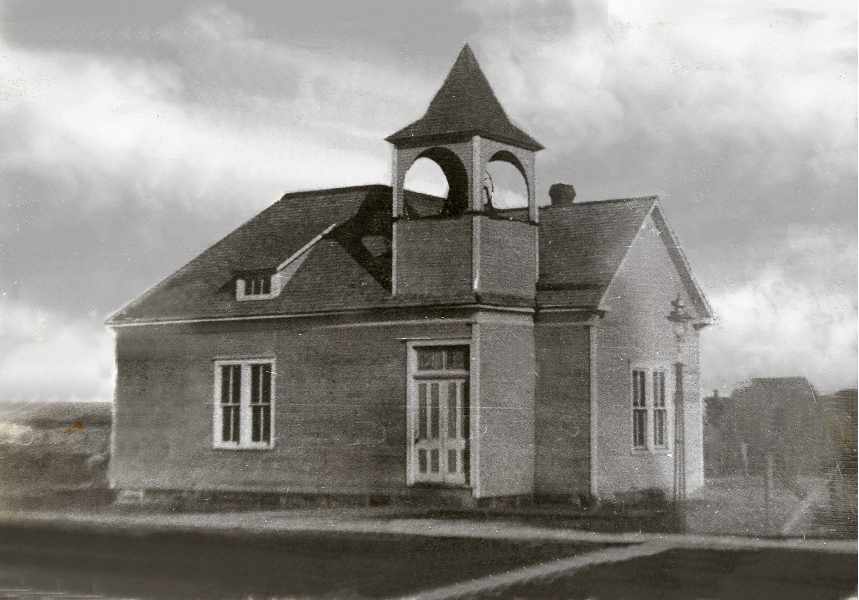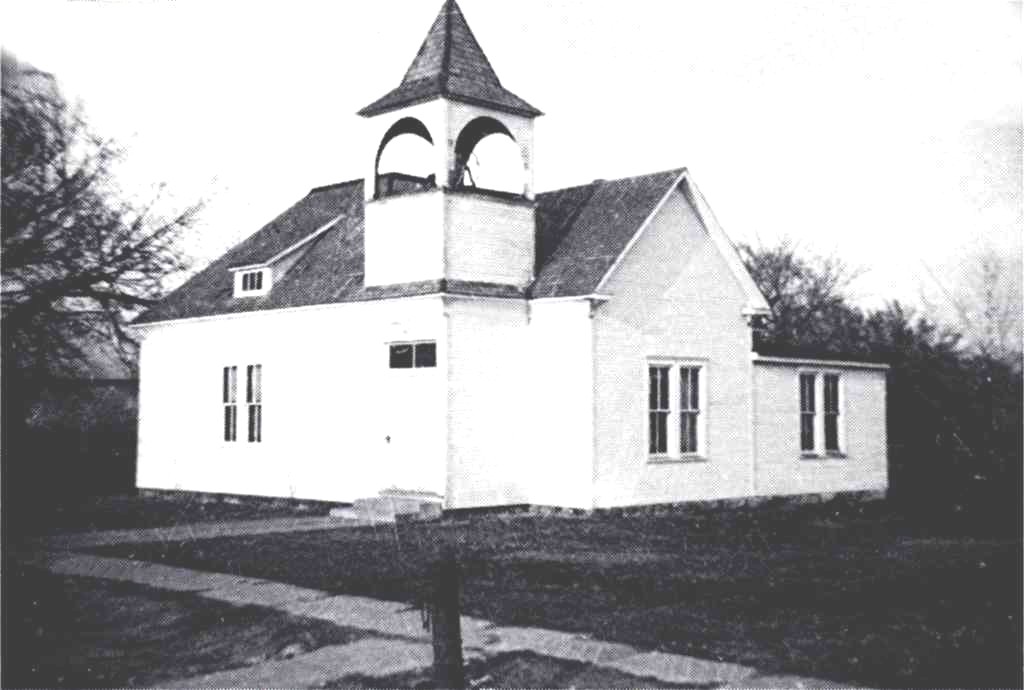|
ATLANTA HISTORY The first town was Omnia, 2 miles west and 2 miles south of the present Atlanta. It was thought the railroad was coming that direction. Then there were rumors the railroad was going 1½ miles south and 1 mile east. The town was moved and called Baltimore. The railroad finally came through where the present Atlanta is, so Baltimore was moved to what is now Atlanta. (For a time the new town was known as "Day".) The first depot agent was from Atlanta, Georgia and named the new town Atlanta. The town site was surveyed in April 1885 and the first train ran between Beaumont and the state line on August 28, 1885. Atlanta was built on land purchased from William H. Day located in the Southwest quarter of section 15 and the Southeast quarter of section 16 in Omnia Township. William H. Day was president of the town site company. William Earnest Darlington, the son of George and Lettie (Gillard) Darlington drove the stake that established the town site. He was born in Illinois and was twelve years old at this date. In 1900 the town was incorporated and Willis Wilson, who had homesteaded in Richland Township in 1870, was elected the first mayor. Robert S. Strother, who homesteaded east of Atlanta, was the first Justice of the Peace. Charles E. Grant was the first Constable. The founding of the town of Atlanta in northeastern Cowley County resulted from the building of the Kansas City and Southern Railroad, which came through that section to the southwest. This branch of the railway afterwards became a part of the Frisco System in Kansas. CHURCHES The first church built in the town was the Methodist Episcopal-South. Many of the early settlers of this community came from southern states and southern traditions predominated. The Reverend Broadhurst was the first pastor of this church. The next denomination to establish a church home was the Christian church. The first pastor was P. H. Guy. In the course of time the Methodist Church-South was succeeded by the Methodist Church and a new building was dedicated November 11,1900. This was burned in 190?, and another church was dedicated. All church buildings were built by the citizens, who contributed their time, money and labor that the community might have religious teaching and fellowship. The cemetery was established in 1885, and Minnie Craig, daughter of Mr. and Mrs. P. W. Craig was the first burial there. SCHOOLS The first school was taught by May Kinley in 1885 in the upper room over her father’s drug store. It was supported by subscription. The drug store was destroyed by fire and the second term was taught in the old Methodist Episcopal Church South, and Anna Primrose was the instructor. A two-room schoolhouse was built in 1886, and a Miss Stanley (or Stanberg) was employed by the school board. The school building was the community center for all social and business gatherings. A band was organized in the winter of 1885, and George M. Shelley was the director. Dwellings The first dwelling in the town was brought in on wheels by George W. Davis from the village of Polo, located southwest of Atlanta. The village is now extinct. William Gillard and Willis Wilson both erected homes at about this same date. These dwellings were in the southwest part of the town, not far north of the railroad. They were built before the first train passed through the town. Roster of businessmen in 1885
Professional Men Dr. Daniels; Dr. McGinnis; Dr. Archer' and Dr. D. Cunningham were the pioneer physicians of the town. The first three mentioned eventually moved to other localities. Biographical Dr. D. Cunningham, 1837-1901, was born in Indiana, migrated westward in 1851 living in Illinois, Missouri and Cherokee county Kansas, before locating in the northwest quarter of section 3 in Omnia Township in 1877. He began the practice of medicine in Illinois, which he continued after his location on his claim, having established an office in his residence on the farm where he lived and ministered to the ill of the community until 1900 when he moved to Atlanta and practiced until his death the following year. He was a man of unique character and devoted to his profession. He was successful in agriculture pursuits and at the time of his death, owned a large tract of land located in Cowley and Butler counties. He also owned a number of town lots in Atlanta and built one of the most substantial businesses of the town on the northeast corner of the town square. Politically he was a reformer and was an ardent supporter of the Populist Party in 1889-90, and was elected Coroner at that date. His wife was Nancy Kent whom he married in 1880. They were the grandparents of the celebrated Glen Cunningham (son of Mr. and Mrs. Clinton Cunningham) who has won world fame as the greatest middle distance runner of his day (1935). His greatest victory however was his grim determination to overcome apparently insurmountable physical handicaps to accomplish this distinction. Willis Wilson, 1835-1920 was born in Indiana and served in the Civil war from that state. He came to Cowley County in a covered wagon and homesteaded on Dutch creek in 1870. The Indians were still roaming the plains, and it was four miles from his preemption to the nearest settler. In 1885 Mr. Wilson retired from farming and built one of the first store buildings in Atlanta and embarked in the hardware business, which he later sold and purchased the building that W. H. Day had built and engaged in general merchandising. This store he sold to Burns and Grissem in 1893 and engaged in business with his son Henry Wilson, selling hardware implements and vehicles. After retiring, he moved to Winfield. When the town of Atlanta was incorporated in 1900 Mr. Wilson was elected as the first mayor. He was active in the Methodist church and all civic affairs of his vicinity. Robert S. Strother was born in 1840 in Kentucky, and served in the Civil war from that state. In February 1870 he was married to Miss Jennie Crawford and that fall migrated to Cowley County and homesteaded in Omnia Township East Of Atlanta. Mr. Strother was prominently identified with the early history of Atlanta, conducting a real estate office and acting as a peace officer. He was associated with J. S. Kidwell in conducting a general store. In 1891 he was elected Registered of Deeds and the family moved to Winfield. J. S. Kidwelll homesteaded in Harvey Township and in 1883 sold his homestead to J. E. Griffin and he moved to Atlanta where the town founded and engaged in merchandising. He received the appointment of Postmaster under President Cleveland, succeeding George B. Darlington. William H. Day was born in Kentucky in 1831. In 1869 he was married to Martha Montgomery in Chicago, Illinois. In 1869 he came to Cowley County and purchased land on which Atlanta was built which later he sold to the town site company. For a time the new town was known as "Day". Mr. Day built the first business of the town on the northwest corner of the public square. He engaged in the real estate business with Robert S. Strother and was an enthusiastic promoter of the various activities of the town. At that time his family lived in Augusta. They later moved to Winfield, and he engaged in the hardware business. A. H. Hickaon was the first station agent in Atlanta. His successor was a Miss Burris. During the intervening years (fifty) but six incumbents have served in this capacity. John Jones became agent in 1899 and has served for thirty-six years. P. W. Craig was the pioneer newspaperman of the town, owning and editing the Atlanta Advertiser in 1885. He later edited the Dexter Free Press. Milo Copeland established the Atlanta Cricket in 1888. O. Ferguson owned and edited the Atlanta Record in 1905. A. L. Crow edited the Atlanta Journal at one time. Byron Darlington and W. L. Reagan owned and edited the Journal from 1909 to 1914. Charles W. Brannum also engaged in the publication of the Journal at a more recent date. Gillard and Darlington were the earliest merchants of the town. They moved their stock of general merchandise from the trading post of Baltimore located two and one-half miles south east of the new town site. Their merchandise was freighted in by team and wagon until the railroad was completed. Baltimore was established in 1871, and is recorded as an important geographical point in the early history of Cowley County. It is now listed as one of the lost towns of the county. William H. Gillard was born in Illinois and came to Cowley County in 1871 and located on section 27 in Omnia Township. This was before the organization of the township, which occurred February 6, 1873 and Mr. Gillard was elected as the first Trustee of the township. He was also appointed Postmaster at Baltimore in 1878 and conducted the office in connection with their store. Mr. Gillard built one of the first dwellings in Atlanta and was prominent in the early affairs of the town during the organization days. His wife was Miss Delana Jenkins, the daughter of Mr. and Mrs. William (Cap) Jenkins, early pioneers of Omnia Township. George B. Darlington, 1845-1926, was born in Ohio, and the family migrated to Illinois. In 1873 Mr. Darlington, his wife and small son, William Earnest, came to Cowley County, and he homesteaded south of Atlanta. He was associated with his brother-in-law, William H. Gillard, in conducting a general store at Baltimore when it was the outstanding trading post of the northern part of the county. Mr. Darlington succeeded Mr. Gillard as postmaster at Baltimore and was the incumbent when Atlanta was established and served as post official in the new town until a political change in the presidential administration occurred. Mr. Darlington erected a hotel in Atlanta soon after the town was started and was active in other enterprises besides merchandising. He was twice married. His first wife was Lettie Gillard--sister of W. H. Gillard-who died in 1885; he later married Miss Ella Williams who was a native of Nebraska and came to Atlanta the year it was founded. Strother Field at Winfield, Kansas was named for Donald Strother who was killed in service in the beginning of World War II. He was the grandson of Robert S. Strother. |
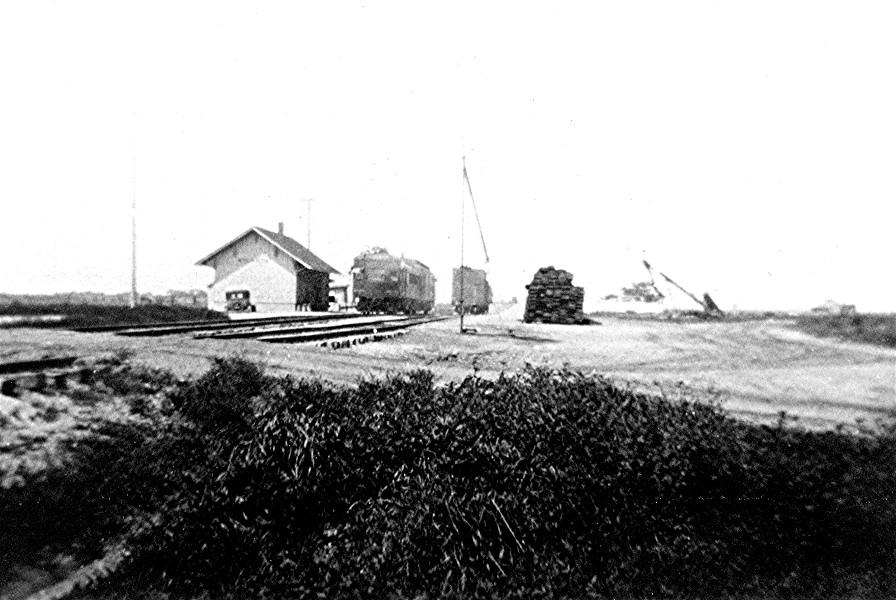

Atlanta Post Office
The Atlanta Post Office was first opened August 14, 1885. Joseph F. Kidwell was the first postmaster. The building pictured is one of several locations occupied by the Post Office through the years.
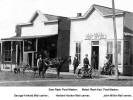

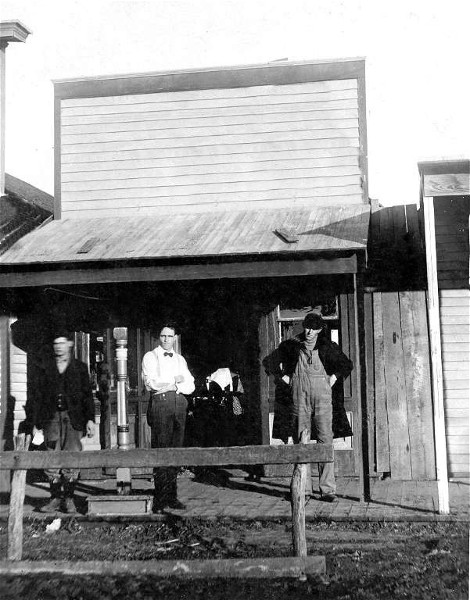
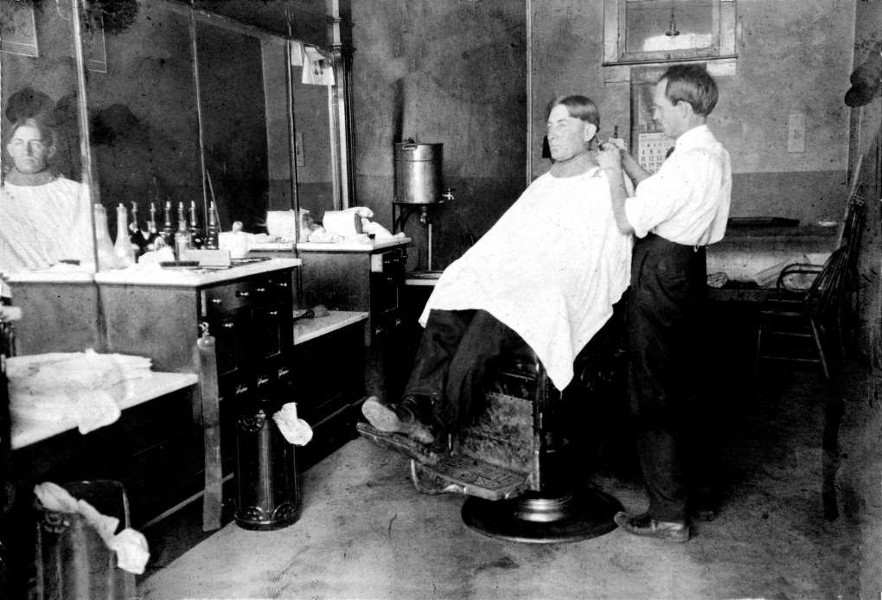


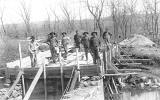


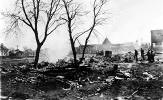
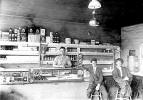

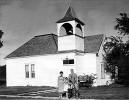

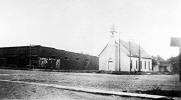
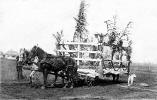
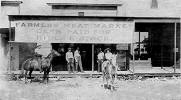
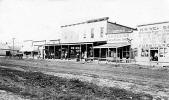
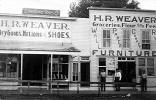


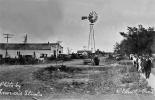
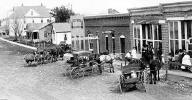
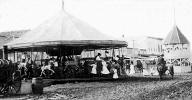
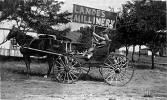
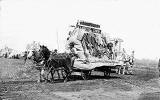
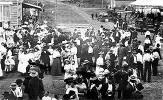
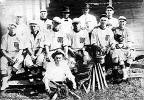
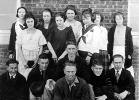


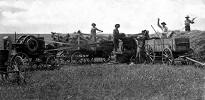
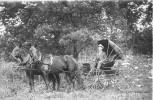
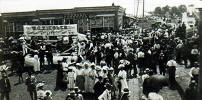
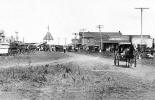
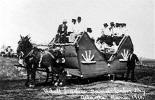
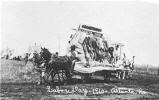

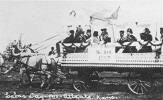

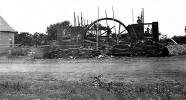
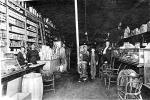
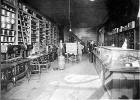
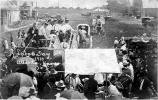

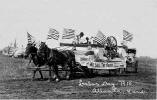
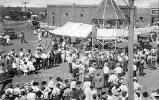
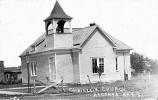






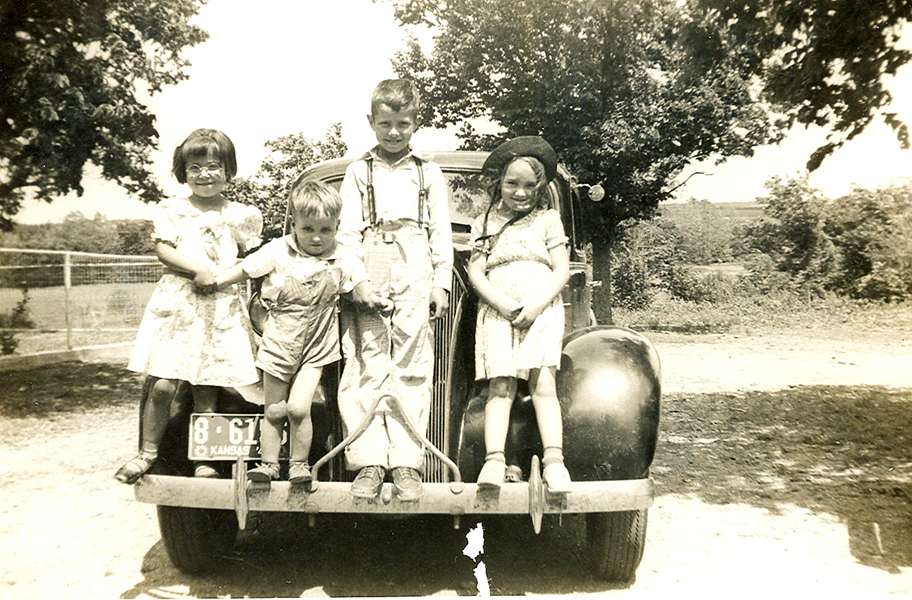
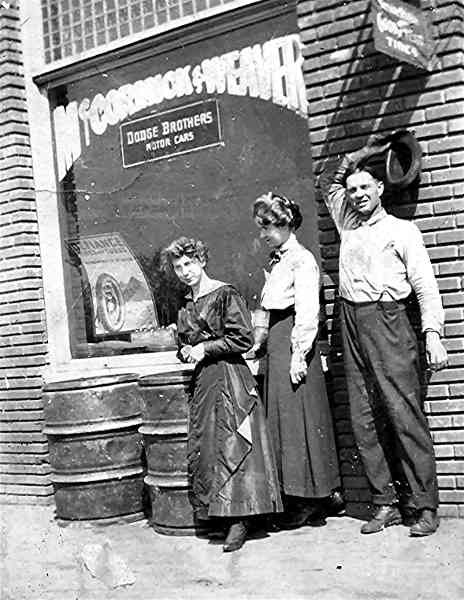
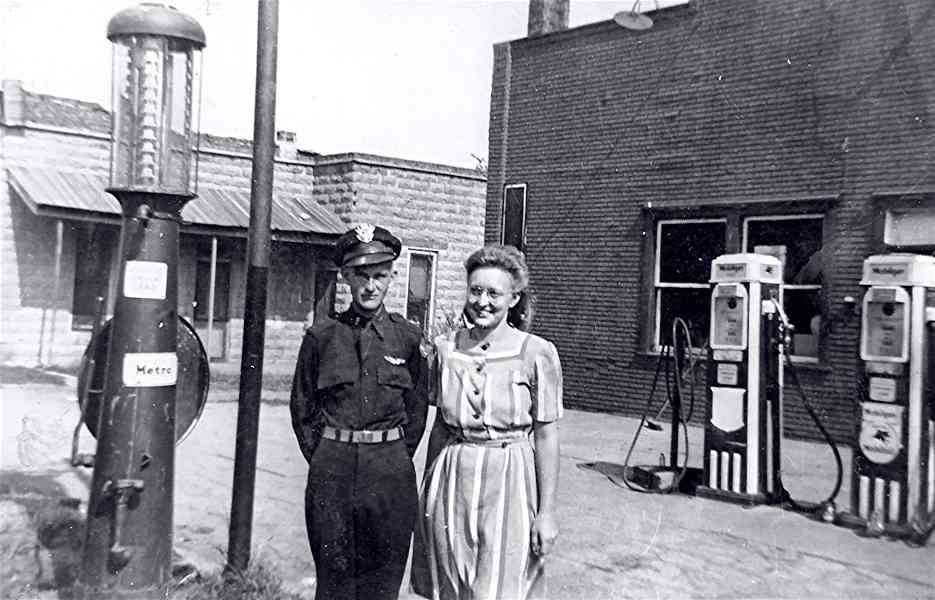

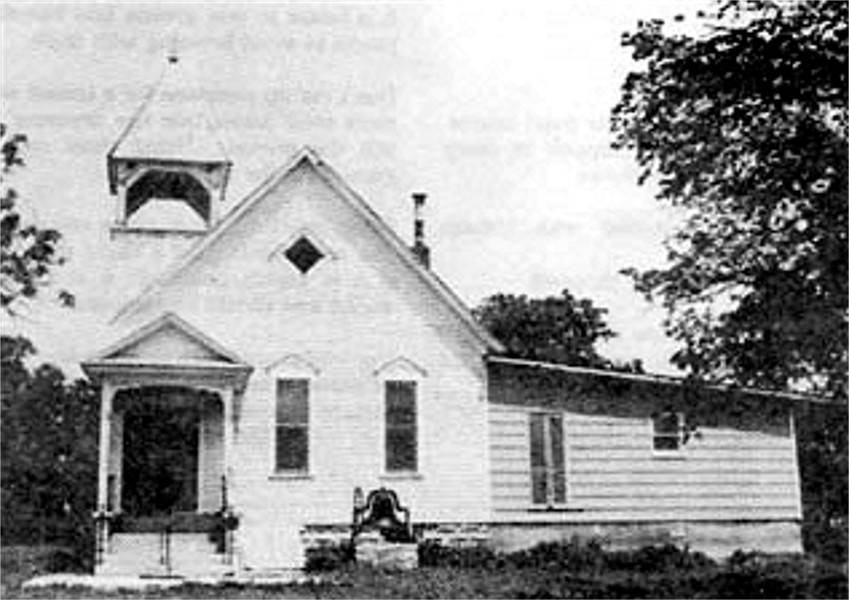
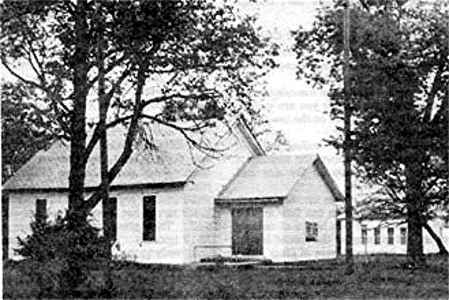
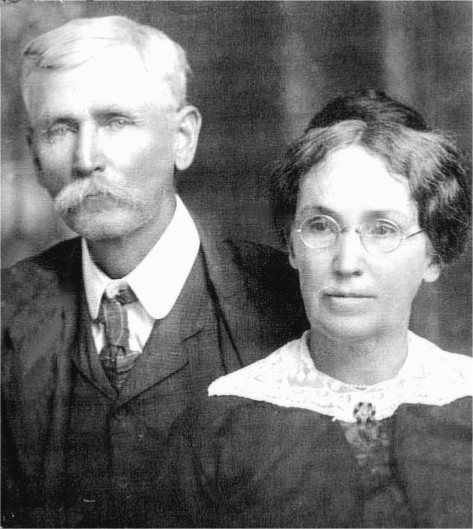
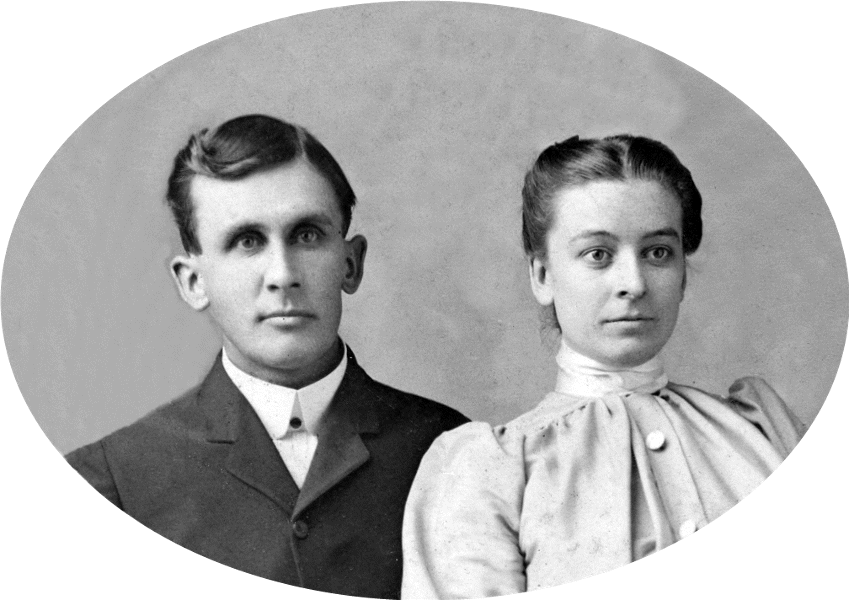
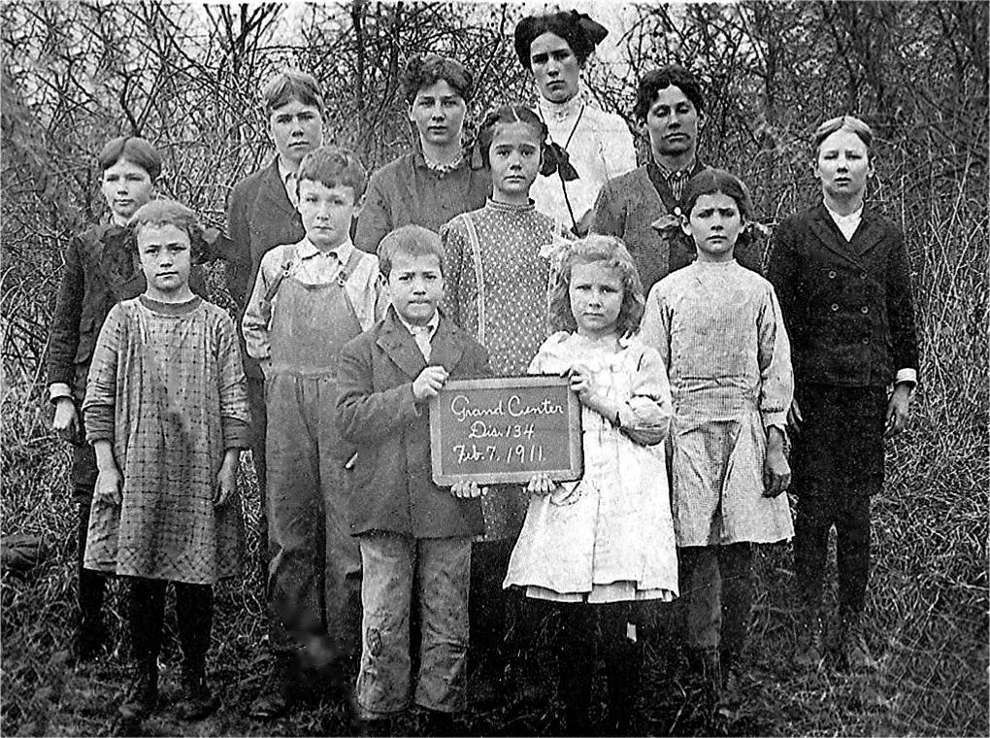

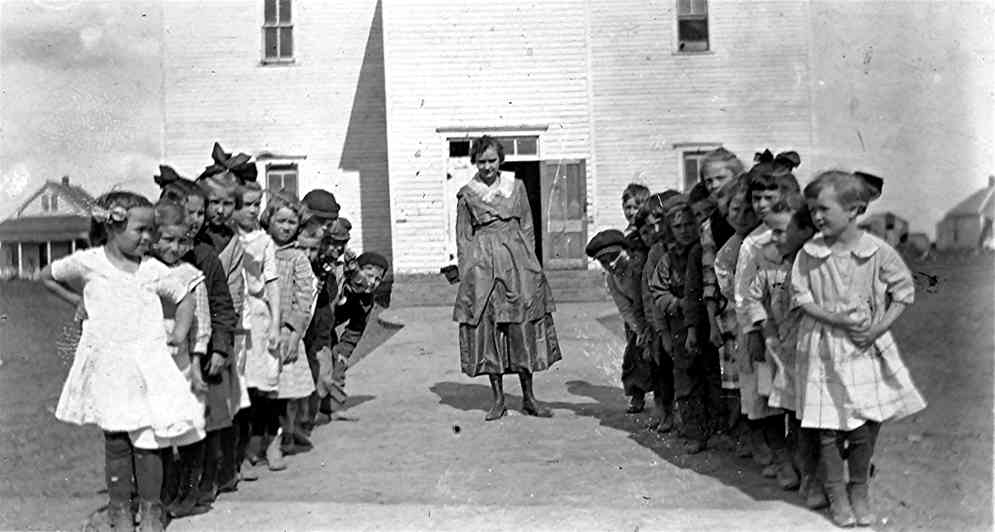
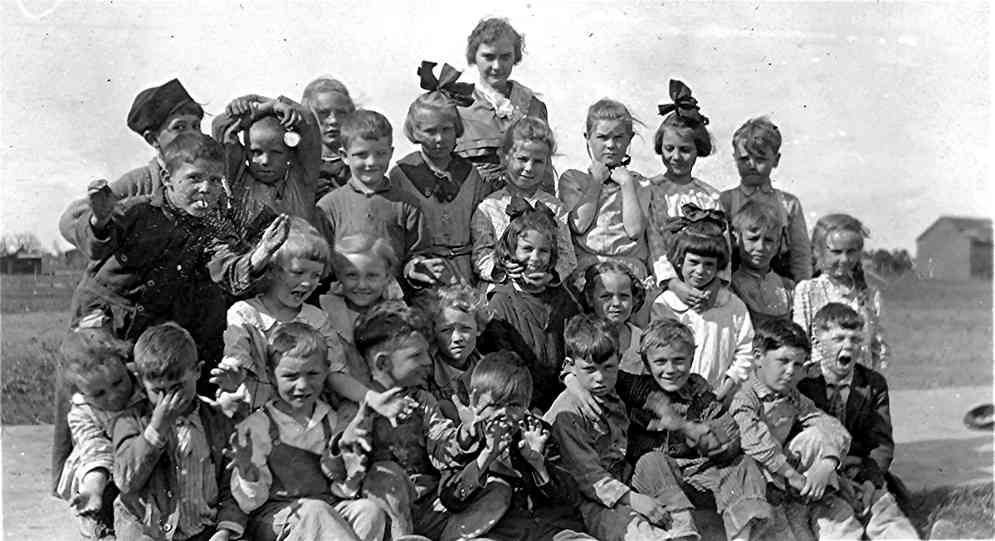
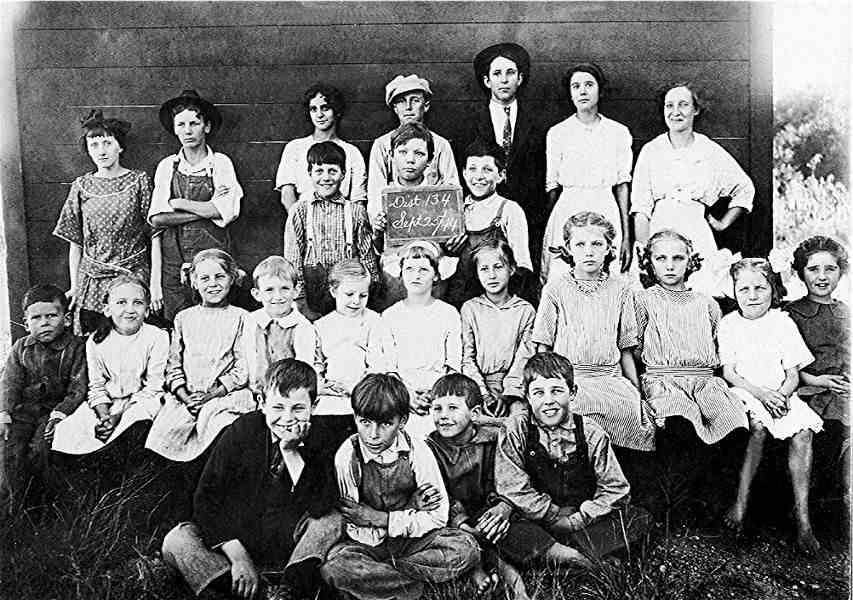
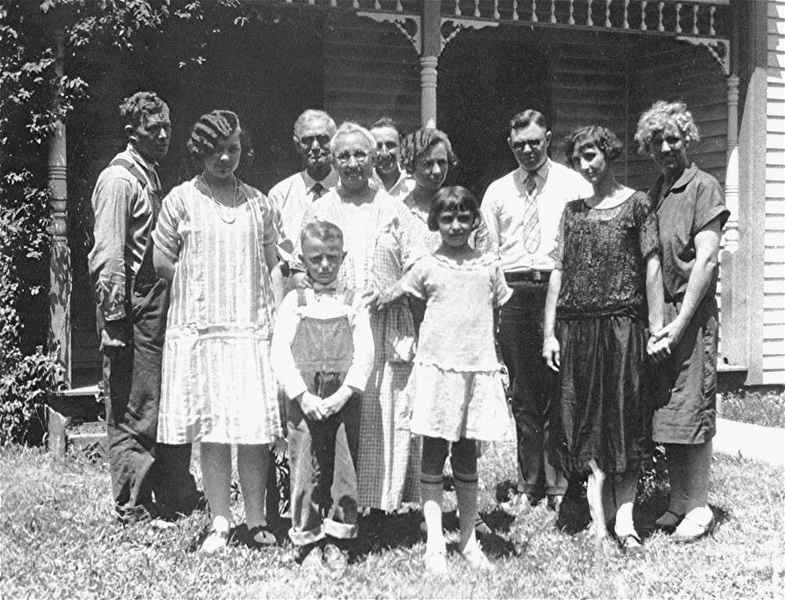
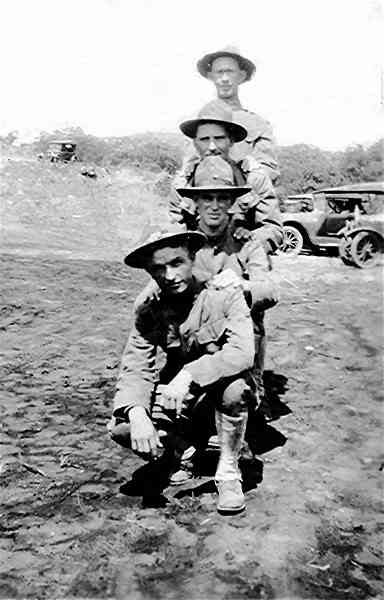
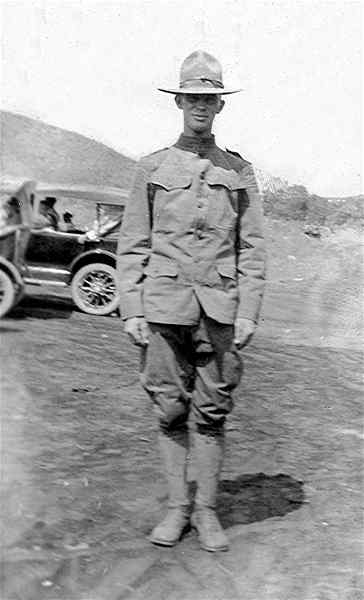
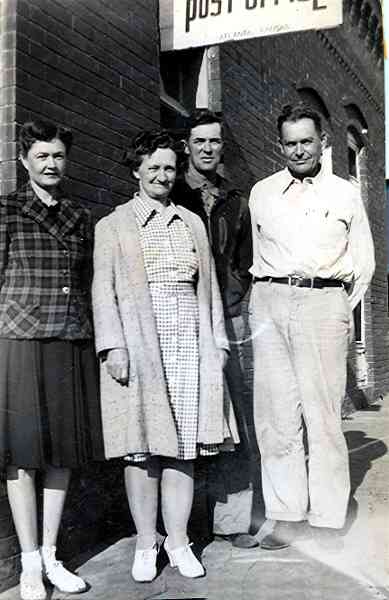
CouchPOAtl.jpg)
